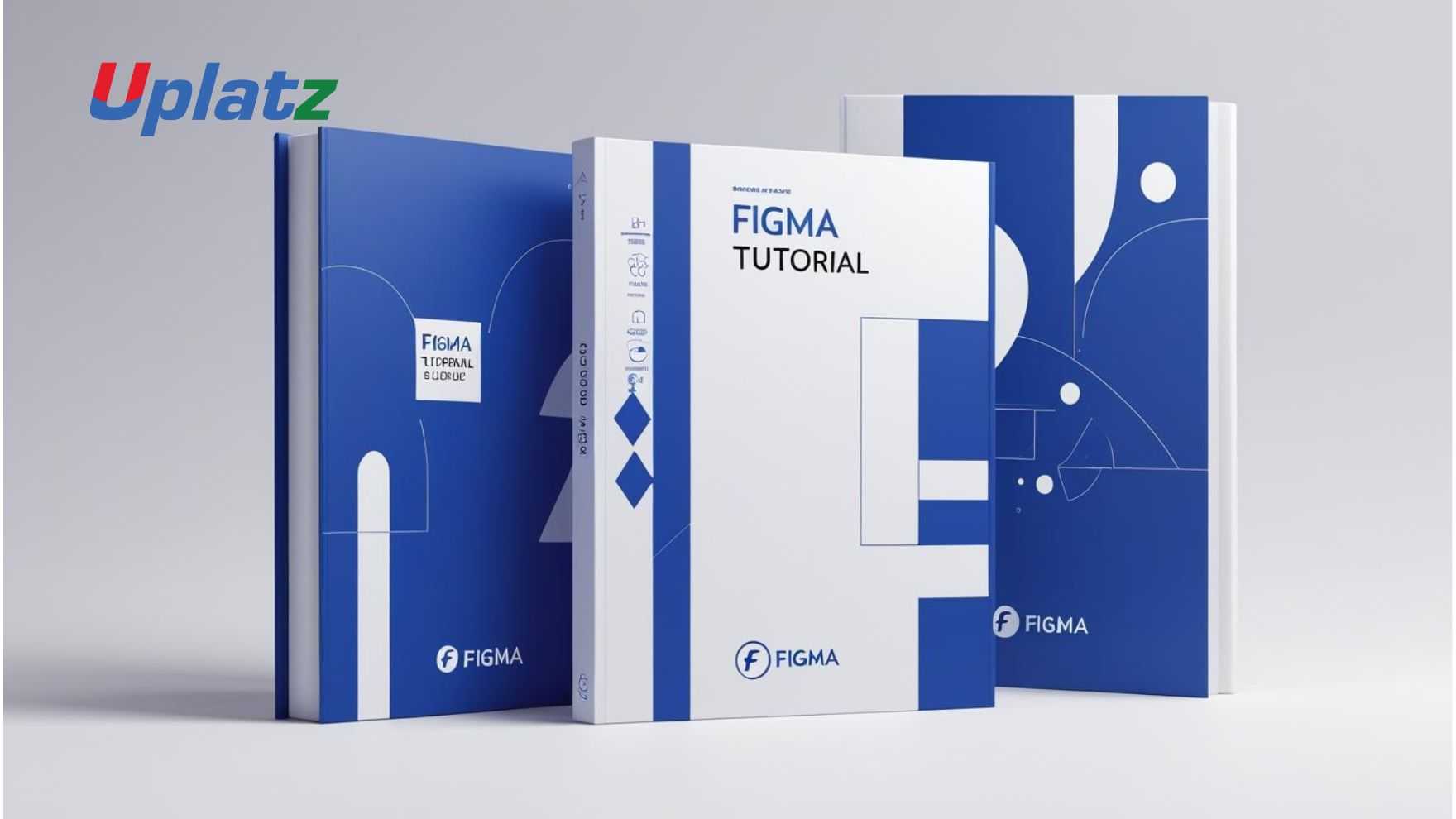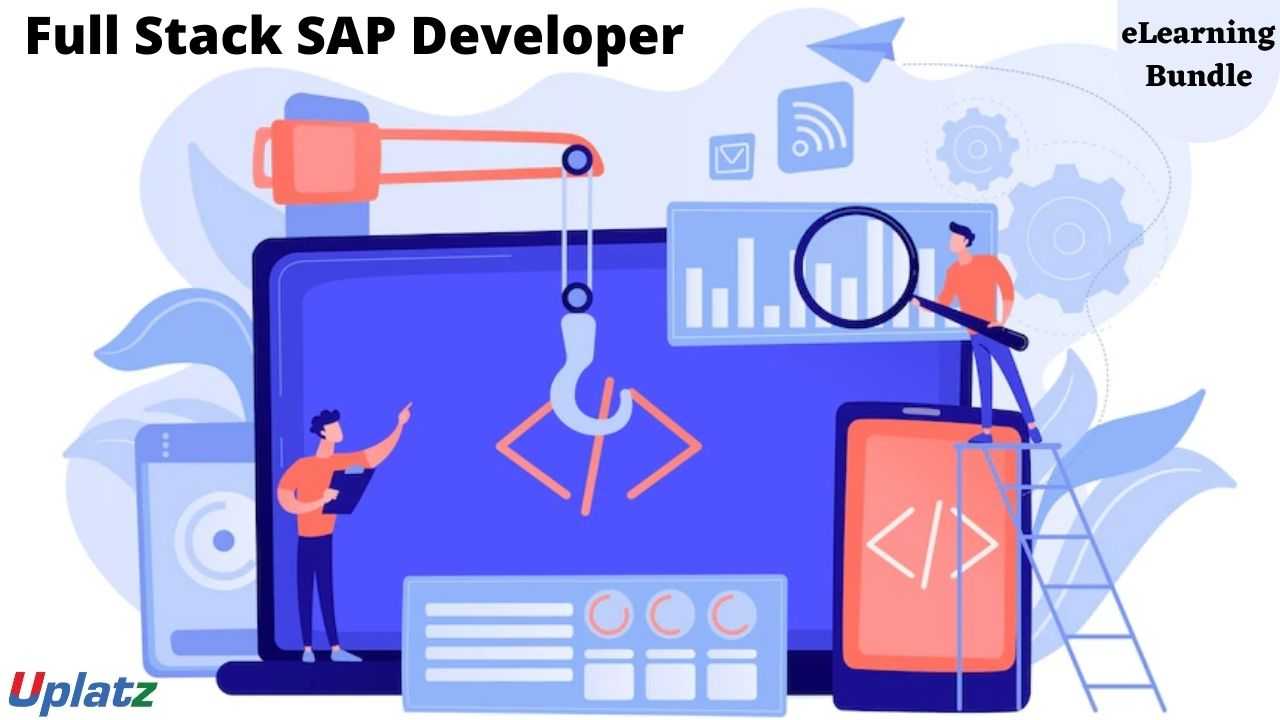Figma
Learn collaborative design with Figma to create, prototype, and share user interfaces for web and mobile applications. Price Match Guarantee
Full Lifetime Access
Access on any Device
Technical Support
Secure Checkout
Course Completion Certificate
Price Match Guarantee
Full Lifetime Access
Access on any Device
Technical Support
Secure Checkout
Course Completion Certificate
 96% Started a new career
BUY THIS COURSE (GBP 29)
96% Started a new career
BUY THIS COURSE (GBP 29)
-
 85% Got a pay increase and promotion
85% Got a pay increase and promotion
Students also bought -
-

- Full Stack SAP Developer eLearning Bundle
- 300 Hours
- GBP 75
- 891 Learners
-

- Product Management
- 2 Hours
- GBP 29
- 33 Learners
-

- Angular: Full-Stack Application Development
- 23 Hours
- GBP 29
- 1249 Learners

Figma: UI/UX Design & Prototyping is a self-paced, hands-on course thoughtfully designed for designers, developers, and product teams who want to create interactive, scalable, and visually compelling design workflows. This course serves as a complete guide to mastering the design and collaboration capabilities of Figma — one of the most powerful and widely used tools in the UI/UX industry today. Whether you are beginning your journey in user interface and experience design or looking to enhance your prototyping and collaboration skills, this program provides a structured path to develop industry-ready expertise.
At its essence, Figma is a cloud-based interface design and prototyping platform that transforms how design teams collaborate. Unlike traditional design tools such as Adobe XD or Sketch, which rely heavily on local files and manual version control, Figma enables real-time collaboration, allowing multiple users to work simultaneously on the same project. This real-time interaction fosters creativity, teamwork, and transparency, aligning with modern product development workflows that value agility and continuous feedback. Through its intuitive interface and robust feature set, Figma bridges the gap between design and development, helping teams move faster from concept to execution.
Course Overview
This course begins by grounding learners in UI/UX design principles, ensuring that participants understand not only how to use Figma but also the design thinking behind creating user-centered digital products. It covers the fundamentals of the design process — including user research, wireframing, visual hierarchy, typography, and color systems — all while showing how Figma supports each of these stages efficiently.
As learners progress, they will gain deep proficiency in Figma’s core features, such as creating frames, grids, layouts, and design components. The course then advances to complex topics like building interactive prototypes, creating responsive designs, and constructing reusable design systems. Learners will also explore collaborative tools, such as shared libraries and version history, which allow teams to maintain consistency and trace the evolution of design ideas.
The course emphasizes practical application through hands-on projects that simulate real-world challenges. Participants will design responsive web pages, mobile app interfaces, and interactive prototypes that mirror professional workflows. By completing these projects, learners develop not only technical mastery but also a strong design portfolio — an essential asset for career advancement in the UI/UX field.
What You Will Gain
By the end of this course, learners will have gained both technical expertise and strategic design thinking skills. Specifically, participants will be able to:
-
Master the fundamentals of Figma for UI/UX design
Understand Figma’s workspace, tools, and settings while learning best practices for creating clean, scalable, and accessible design layouts. -
Create wireframes, prototypes, and interactive mockups
Learn to translate concepts into interactive prototypes that mimic real product behavior, helping teams visualize user journeys before development. -
Collaborate with teams in real time
Use shared projects, comments, and live editing to work seamlessly with teammates, stakeholders, and clients, regardless of physical location. -
Build design systems and reusable components
Develop component libraries, style guides, and responsive layouts that ensure consistency across multiple projects and platforms. -
Export and hand off designs to developers
Learn how to generate design specifications, export assets, and integrate with developer tools to streamline the handoff process. -
Apply UX principles for better design decisions
Understand user-centered design, usability testing, and feedback integration to create interfaces that are intuitive, functional, and aesthetically pleasing.
Through these outcomes, learners will become proficient in both the creative and technical aspects of UI/UX design — an essential skill set in today’s digital economy.
Why Figma Matters in Modern Product Design
In recent years, Figma has redefined the UI/UX design landscape by combining accessibility, collaboration, and efficiency in one platform. As digital products increasingly rely on cross-functional collaboration between designers, developers, and marketers, Figma’s cloud-based architecture supports these interactions in real time.
Unlike older design tools that require manual file management and version updates, Figma provides a single source of truth for teams — ensuring that all stakeholders are always working on the most updated version. This not only reduces redundancy but also enhances productivity and design alignment.
Moreover, Figma integrates seamlessly with tools like Slack, Notion, and Jira, allowing design workflows to fit naturally into larger product management systems. Its capacity for rapid prototyping and design iteration enables agile teams to test ideas quickly, respond to user feedback, and improve continuously. Thus, mastering Figma is not just about learning software — it’s about developing the collaborative mindset required for 21st-century product design.
Course Approach and Learning Experience
The Figma: UI/UX Design & Prototyping course adopts an experiential learning model where learners gain skills through practical engagement and real-world simulations. Each module includes step-by-step demonstrations, guided exercises, and reflective design challenges. The course blends theory and practice — encouraging learners to apply UX principles directly within Figma.
Case studies from successful digital products are included to illustrate how UI/UX strategies are applied across industries such as e-commerce, education, and mobile technology. Learners also receive insights into accessibility standards and responsive design techniques, ensuring that their designs are inclusive and adaptable to diverse devices and users.
By the end of the course, participants will be able to design complete product interfaces — from low-fidelity wireframes to high-fidelity prototypes — and communicate their design intent clearly to clients, developers, and stakeholders. The skills gained here can be directly applied in professional roles or freelance design projects.
Who This Course Is For
This course is tailored for a wide range of learners and professionals:
-
UI/UX Designers who want to enhance their design process with a collaborative, cloud-based tool.
-
Product Designers who need to build and test interactive prototypes for digital products.
-
Developers who collaborate with design teams and require a better understanding of design systems and handoff processes.
-
Entrepreneurs & Startups seeking to design Minimum Viable Products (MVPs) efficiently without expensive or complex tools.
-
Students and Beginners entering the digital design field who wish to learn practical, in-demand skills that are directly applicable in industry settings.
Regardless of prior experience, learners will find the course structured to support steady progression from foundational skills to advanced design strategies.
Career Relevance and Industry Impact
Mastering Figma opens up diverse career opportunities in the design and technology sectors. UI/UX design has become one of the fastest-growing professions globally, with companies prioritizing user experience as a key differentiator in digital success. Whether learners aspire to work as UX designers, product designers, UI developers, or digital strategists, proficiency in Figma signals strong technical ability and creative collaboration.
Furthermore, many leading companies — including Google, Uber, and Spotify — rely on Figma for product design, making it an essential skill in today’s competitive job market. Completing this course demonstrates not only software proficiency but also an understanding of collaborative design methodologies that drive innovation and product excellence.
By the end of this course, you will be able to:
-
Navigate the Figma interface and design tools
-
Create wireframes, layouts, and visual mockups
-
Use components, variants, and auto-layout for scalable designs
-
Prototype interactive flows and animations
-
Share projects, gather feedback, and hand off designs to developers
Course Syllabus
Module 1: Introduction to Figma
Module 2: Setting Up Projects & Workspaces
Module 3: Wireframing Basics
Module 4: UI Design & Layouts
Module 5: Components, Variants & Design Systems
Module 6: Prototyping & Interactive Flows
Module 7: Collaboration & Real-Time Feedback
Module 8: Developer Handoff & Exporting Assets
Module 9: Real-World Projects (Mobile App UI, Dashboard Design, Landing Page)
Module 10: Interview Questions & Answers
Upon completion, learners will receive a Certificate of Completion from Uplatz validating their expertise in UI/UX design and prototyping with Figma.
This course prepares learners for roles such as:
-
UI/UX Designer
-
Product Designer
-
Web Designer
-
Mobile App Designer
-
Frontend Developer (with design collaboration skills)
-
What is Figma and how does it differ from Adobe XD or Sketch?
Answer: Figma is cloud-based with real-time collaboration, unlike Sketch (desktop-based) or Adobe XD (less collaborative by default). -
What are components in Figma?
Answer: Components are reusable design elements that ensure consistency and efficiency across projects. -
What is auto-layout in Figma?
Answer: Auto-layout allows elements to automatically adjust size and spacing, making designs more responsive. -
How does Figma enable collaboration?
Answer: Multiple users can edit a design simultaneously, leave comments, and share feedback in real time. -
What are variants in Figma?
Answer: Variants let designers group component states (e.g., button hover, active) into a single, organized system. -
How is prototyping done in Figma?
Answer: Designers can link frames, add interactions, and create animations to simulate user flows without external tools. -
Can Figma integrate with other platforms?
Answer: Yes, it integrates with Slack, Jira, Notion, and developer tools for smoother workflows. -
What are Figma design systems?
Answer: They are collections of reusable components, typography, and styles that maintain consistency across projects. -
What challenges might you face using Figma?
Answer: Internet dependency, performance issues on very large files, and a learning curve for beginners. -
How does developer handoff work in Figma?
Answer: Developers can inspect designs, copy CSS code, and download assets directly without additional software.









